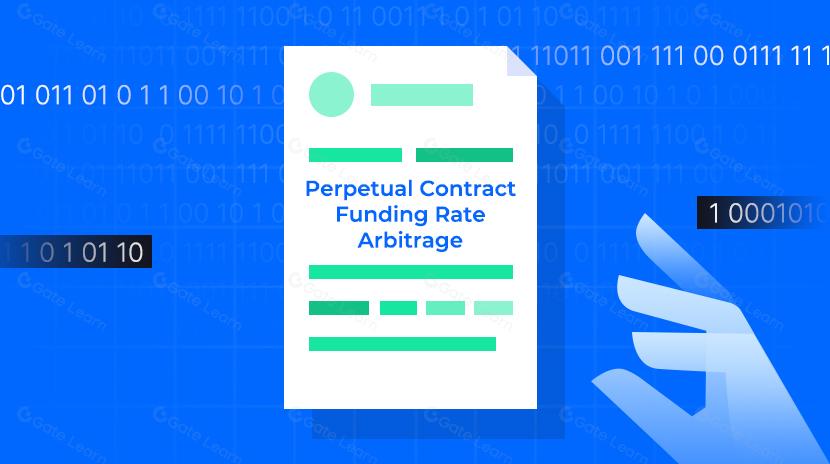hft hft

High-Frequency Trading (HFT) is an investment strategy that uses sophisticated computer algorithms to execute large numbers of trades in extremely short timeframes. This trading approach relies on advanced technological infrastructure capable of executing trades at millisecond or even microsecond speeds. High-frequency traders typically look for momentary price discrepancies and arbitrage opportunities in markets, accumulating profits through numerous small-value trades. In cryptocurrency markets, due to their 24/7 trading nature and high volatility, HFT has become a significant trading strategy, providing liquidity to the market while also raising questions about market fairness and stability.
What are the key features of High-Frequency Trading?
High-frequency trading in cryptocurrency markets has several key characteristics:
-
Technological Infrastructure:
- Relies on ultra-fast computer systems and network connections
- Uses complex algorithms to analyze market data and execute trades automatically
- Often requires dedicated hardware and low-latency connections to exchanges
-
Trading Characteristics:
- Extremely short position holding times, typically ranging from milliseconds to hours
- High daily trading volume with numerous trades but smaller individual trade sizes
- Pursues minimal price differentials, profiting through volume
-
Strategy Types:
- Market making: simultaneously providing buy and sell quotes to profit from the spread
- Statistical arbitrage: exploiting temporary deviations in price relationships between assets
- Latency arbitrage: capitalizing on price differences between exchanges
- Momentum strategies: capturing rapid changes in short-term price trends
-
Market Impact:
- Enhances market liquidity and reduces bid-ask spreads
- May lead to improved price discovery efficiency
- Can potentially amplify market volatility in extreme situations
What is the market impact of High-Frequency Trading?
High-frequency trading has had multifaceted impacts on cryptocurrency markets:
On the positive side, HFT provides crucial market liquidity, allowing traders to execute transactions at prices closer to the market rate, thus reducing bid-ask spreads. This liquidity is essential for the maturation and stabilization of crypto markets, especially in this relatively young and volatile marketplace.
However, HFT has also generated controversy. Critics point out that it may create an "unfair advantage" as only institutions with advanced technology and resources can effectively participate. HFT has also been blamed for "flash crash" events, where prices plummet dramatically before quickly recovering - phenomena that have occurred multiple times in cryptocurrency markets.
Additionally, HFT poses technical challenges for cryptocurrency exchanges, requiring them to continuously upgrade their infrastructure to handle large volumes of orders and prevent system overloads. Some exchanges have implemented specific fee structures to balance the needs of high-frequency traders and regular users.
What are the risks and challenges of High-Frequency Trading?
Despite the benefits HFT brings to cryptocurrency markets, it faces significant risks and challenges:
-
Technical Risks:
- System failures can result in severe financial losses
- Algorithm errors may trigger unexpected market behaviors
- Network latency can lead to suboptimal trade execution
-
Market Risks:
- High volatility in cryptocurrency markets can lead to sudden and severe losses
- Sudden liquidity droughts may result in trades getting stuck
- Market manipulation and wash trading can disrupt HFT strategies
-
Regulatory Challenges:
- Regulatory approaches to HFT vary significantly across jurisdictions
- Emerging regulatory frameworks may introduce new compliance requirements
- Some jurisdictions may implement transaction taxes or restrictions affecting HFT profitability
-
Ecosystem Concerns:
- HFT may exacerbate market inequality, disadvantaging smaller traders
- Exchanges may need to balance serving retail users and high-frequency traders
- Over-reliance on liquidity provided by HFT could lead to market vulnerabilities
High-frequency trading is a rapidly evolving field with both risks and rewards. Participants must continuously adapt to changing market conditions, technological advancements, and regulatory environments.
High-frequency trading represents the intersection of modern financial technology and cryptocurrency markets, with an influence that cannot be ignored. As crypto markets mature, HFT strategies continue to evolve, drawing from traditional financial market experiences while adapting to the unique characteristics of crypto assets. Despite challenges and controversies, HFT has become an integral part of the crypto ecosystem, providing liquidity and facilitating price discovery. However, participants and regulators need to work together to ensure that this trading approach enhances market efficiency without excessively impacting market stability and fairness.
Share
Related Articles

Gate Research: 2024 Cryptocurrency Market Review and 2025 Trend Forecast

Perpetual Contract Funding Rate Arbitrage Strategy in 2025
